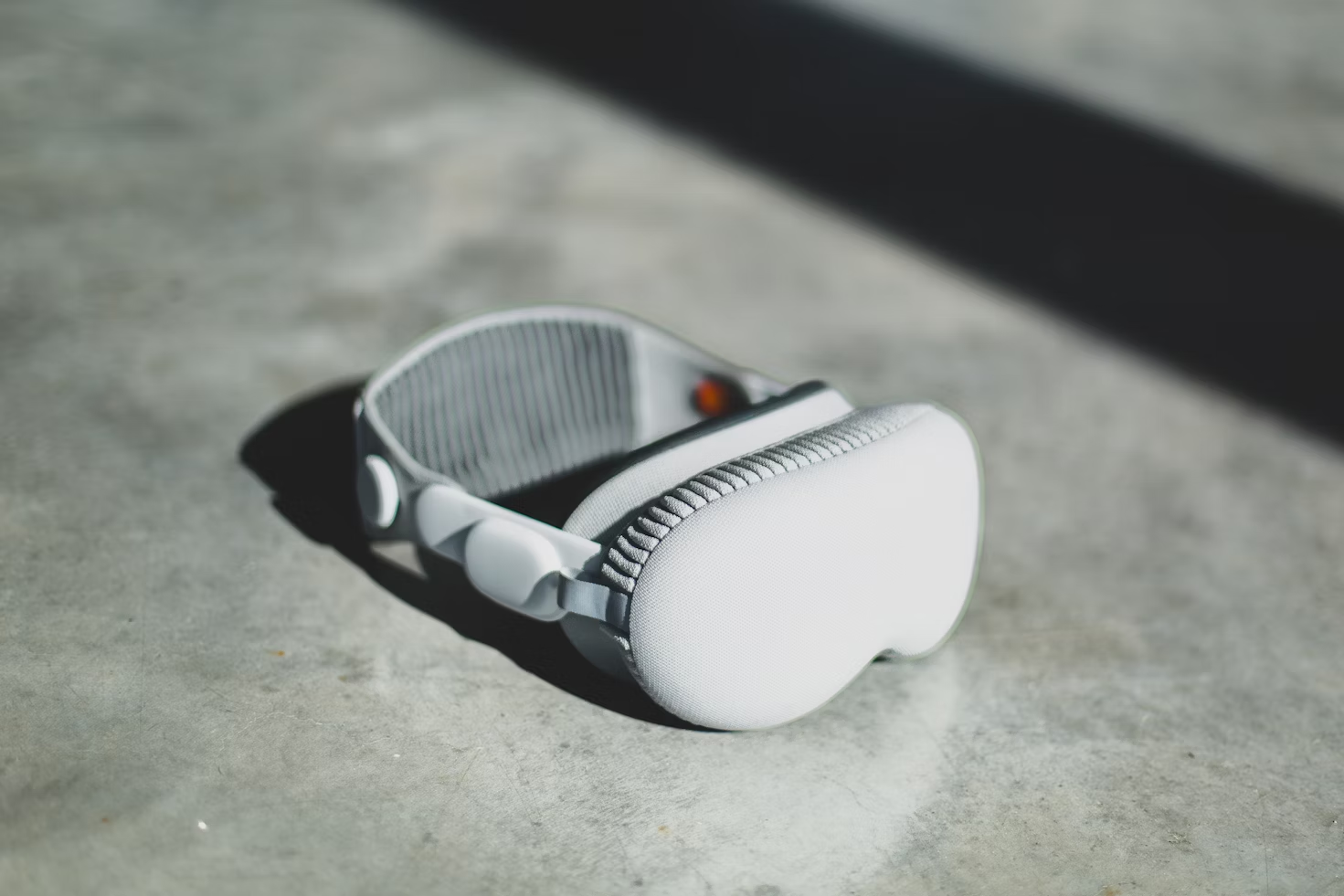The world of wearable technology has come a long way in the past decade, from basic fitness trackers to advanced smartwatches and health-monitoring devices. By 2025, wearable gadgets will become even more integrated into our daily routines, offering new ways to enhance our health, productivity, and overall quality of life. In this blog, we’ll explore the rise of smart gadgets and how they will transform the way we live and work in the next five years.
Health Monitoring 2.0: The Future of Wearable Tech
One of the most exciting advancements in wearable technology is its ability to monitor health metrics in real-time. While current devices can track steps, heart rate, and calories burned, future wearables will be far more advanced. By 2025, we can expect to see gadgets that can monitor blood pressure, glucose levels, and even blood oxygen saturation in a non-invasive way.
For example, smartwatches could soon be equipped with sensors that can detect early signs of heart disease, stroke, or diabetes. With the ability to detect abnormalities before they become serious, wearables will help users take control of their health and seek early medical intervention when necessary. This level of monitoring will be a game-changer, especially for individuals managing chronic conditions.
Additionally, wearables will be able to provide real-time health insights, alerting users to potential risks and recommending lifestyle changes. These gadgets will act as personal health coaches, guiding users toward healthier habits and providing instant feedback on their physical well-being.
Smart Clothing: A New Era of Wearable Tech
While smartwatches and fitness trackers are popular today, smart clothing will be the next big frontier in wearable tech. By 2025, we can expect a range of clothing items, from shirts to socks to hats, equipped with sensors that collect data on a person’s health and environment. These smart clothes will be able to track things like body temperature, sweat levels, and posture, providing continuous health monitoring.
For athletes, smart clothing will be particularly beneficial. Compression garments with embedded sensors will help athletes optimize their performance by tracking muscle movement, heart rate, and even hydration levels. These garments will be able to send real-time data to an app or smartwatch, allowing users to make adjustments to their training or recovery.
Beyond sports, smart clothing will also be used in healthcare. For individuals with conditions like Parkinson’s disease or muscle degeneration, smart clothes will offer a way to track symptoms, monitor progression, and provide feedback to caregivers or medical professionals. This personalized healthcare approach will enable better management of chronic conditions and improve quality of life.
AI and Wearables: A Perfect Combination
By 2025, the integration of AI into wearable technology will make these gadgets even more powerful. Wearables will not only collect data but also analyze it in real time, offering personalized insights based on an individual’s unique physiology and behavior patterns.
For instance, a smartwatch integrated with AI could monitor your daily activity, analyze your sleep patterns, and even suggest specific workouts or dietary changes based on your health goals. AI-powered wearables will also become more intuitive, anticipating needs before they are even expressed. For example, an AI-powered wearable might recognize that you are stressed and suggest a calming breathing exercise or recommend a walk to boost your mood.
The Future of Smart Gadgets in Everyday Life
By 2025, smart gadgets will be more than just health-focused—they’ll be deeply integrated into every aspect of our daily routines. Smart glasses, for example, could provide hands-free access to information, allowing users to receive notifications, check emails, or access navigation without having to look at a smartphone screen.
In the workplace, smart glasses and AR/VR devices will enhance productivity and collaboration. Imagine working in a virtual environment where team members can share information and interact in real time, regardless of their physical location. These gadgets will provide augmented reality (AR) experiences that blend the digital world with the physical world, making tasks more efficient and interactive.
Conclusion: A Smart Future Ahead
The future of wearable technology is incredibly exciting, with advancements in health monitoring, smart clothing, AI integration, and augmented reality. By 2025, wearables will play a pivotal role in how we monitor and manage our health, work, and daily activities. As these gadgets become more intelligent and connected, they’ll transform our lives in ways we’ve never imagined.
If current trends continue, wearables will no longer be just accessories—they will become essential tools for maintaining our health, staying connected, and improving our overall well-being.




